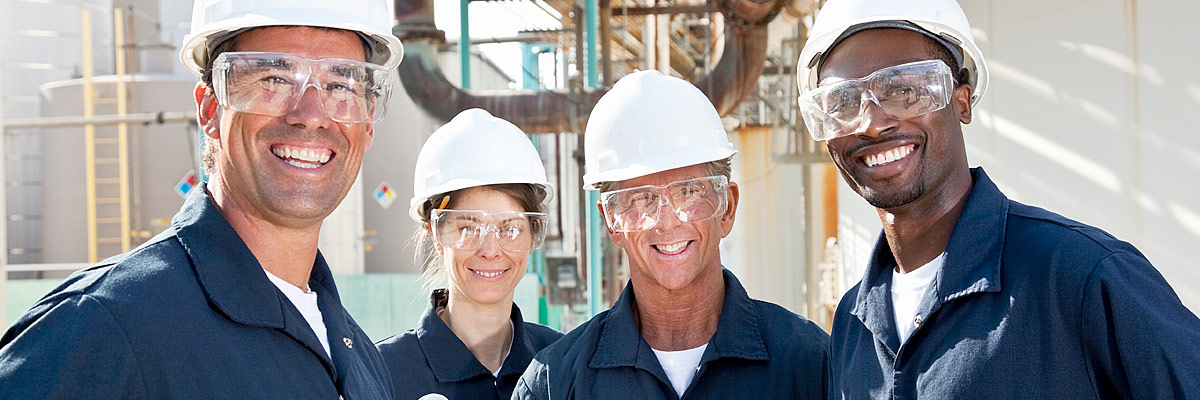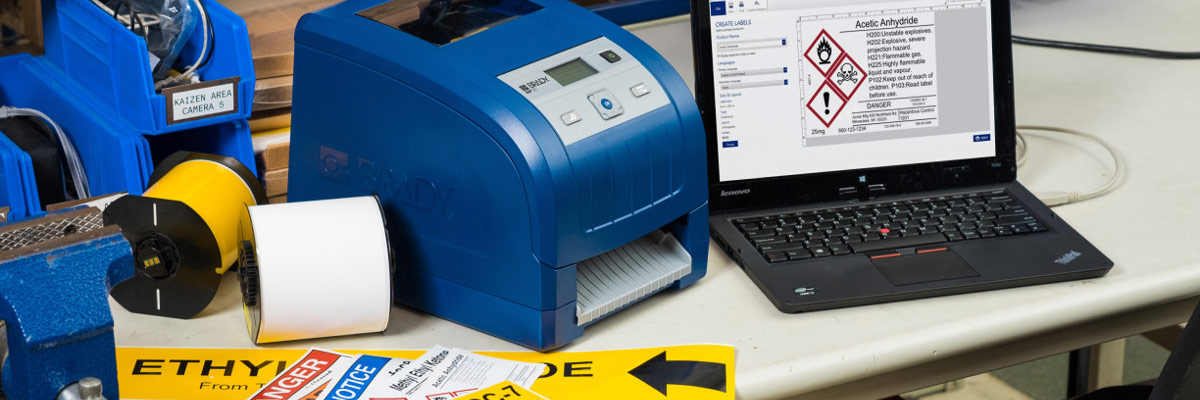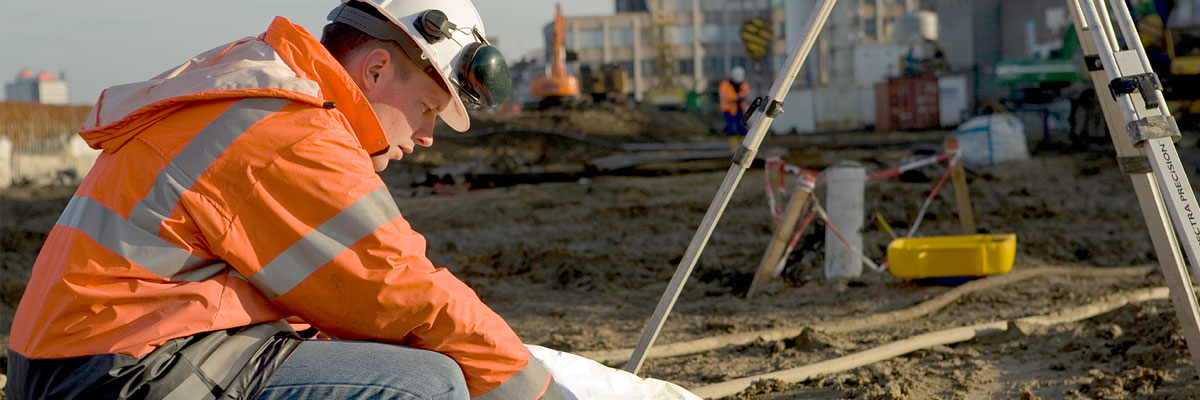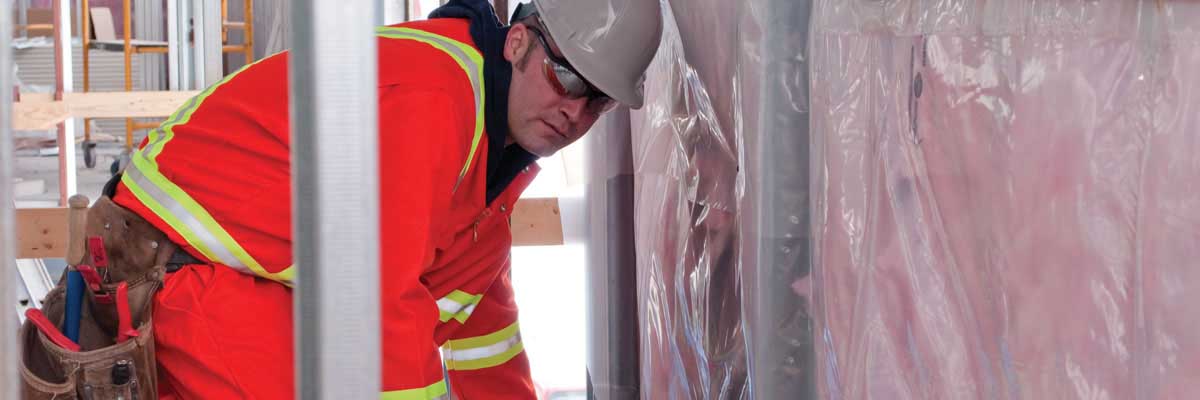OHS Leadership
- 7/7/2025
The benefits of a strong health and safety culture within your organization
A strong health and safety culture does more than protect your workers — it creates a workplace where people feel valued, engaged, and motivated. Organizations that prioritize safety see fewer accidents, higher productivity, and a stronger reputation with clients and partners.
Discover the key benefits of fostering a positive safety culture and how it can make a lasting impact on your employees and your business.
- 9/25/2024
Health and Safety Training: A Legal Requirement and a Human Investment
📢 Health and Safety Training: An Essential Investment!
Did you know that health and safety training not only protects your employees but also reduces costs related to accidents?
Whether it’s to stay compliant with the law or to improve the productivity and well-being of your teams, training is indispensable!
- SPI6/18/2024
7 Essential Tools & Training for a Safer Workplace
Employee safety training: it’s one of those things we recognize as necessary, but what really makes an employee safety training program effective? As a business owner and employer, you have a responsibility to your employees toward a safe and healthy work environment.
To avoid work hazards, learning about some of the most essential tools and training are in order.
- SPI6/18/2024
Eliminating Safety Hazards with Occupational Health and Safety Training
A safe workplace is a productive workplace. When employees feel confident in their ability to work without fear and risk of injury, they are more likely to be engaged and productive. However, accidents can happen, and sometimes those accidents are due to safety hazards that could have been avoided with proper training. That's where occupational health and safety (OHS) training comes in.
- SPI6/18/2024
Mental Health: A Challenge at Work
The importance of employees’ physical safety has long been a concern of occupational health and safety. However, over the past few years, we are noticing a growing concern about workers’ mental health.
Although the injuries are invisible, the effects of work on mental health are real and can significantly impact an individual’s quality of life. Moreover, those injuries are even more damaging in many cases than traditional work accidents.
- 12/1/2023
4 Key Benefits of a Visual Workplace
An accident-free work environment does not stem solely from respecting occupational health and safety (OHS) standards. You must be able to rely on the genuine commitment of each employee of the organization. In order for your workplace to become as safe as possible, “accident prevention must naturally be integrated into the behaviour of the employees,” specifies Alain Daoust, EHS Expertise Director at SPI. In short, an OHS culture must take root within your company.
- SPI4/1/2023
What’s the Point of Work-Related Stress?
For employers, direct and indirect costs of work-related stress can be enormous, particularly regarding absenteeism, loss of productivity and interpersonal conflicts. Consequently, stress management at work is a major concern for employers and workers.
- 9/6/2022
The SPI experts answer your questions!
With more than 10 capsules produced each year, SPI's goal is to inform you on the essential subjects of health and safety in the workplace. With a wide variety of topics, SPI covers most sectors of activity with certified advice and recommendations.
- 3/25/2022
CNESST Temporary Measure: Prevention and Participatory Practices
To promote workers’ health and safety, the CNESST will implement on April 6 a new temporary measure regarding prevention and participatory practices in the workplace.
- 11/8/2017
Why do some workers take risks?
Many of us take risks in their daily lives, such as using our cell phone while driving or exceeding the speed limits, while fortunately avoiding any potential injury and damage. We are rewarded by a certain convenience when we take risks, such as apparent time savings as well as the tacit approval of observers who do not oppose our risky behaviour.
- 11/8/2017
Construction workers: 3 or 4 times more accidents
In Canada, more than 450 workers were killed and 63 000 were injured over the last ten years. These injuries cost the Canadian society nearly 19.8 billion dollars each year in health care expenditures and reduced productivity, hospitalizations, disabilities and premature deaths
- 11/28/2014
SME: Plan your OHS costs
For a small or medium-sized company, unforeseen costs related to occupational health and safety may be a great burden!














